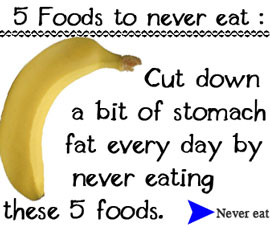A vegetable that’s very often forgotten about is that of kale. This makes for a great substitute in any of your salads however and since it’s chalk full of good nutrition should get added back into your diet plan.
Kale has a unique flavor that sets it apart from regular lettuce and will quickly liven up the same old salad that you’re serving at the dinner table each night.
Let’s have a quick look at the top nutrients that are found in kale.
Major Nutrients Found In Kale
As you can see from the table above, kale is a very low calorie food and boasts a relatively high protein content for the number of calories it contains. While you won’t reach your daily protein needs eating kale, when you’re running low every little bit will help out.
Kale is also very low in sugar content and will add one gram of dietary fiber to your diet so will help keep you feeling satisfied after your meal.
As far as nutrients go, kale is a great source of thiamin, riboflavin, folate, iron, magnesium, phosphorus, vitamin A, vitamin C, vitamin K, vitamin B6, Calcium, Potassium, Copper, and manganese.
As you can see, with this many nutrients found in kale, it’s one vegetable you don’t want to miss out on.
Storing/Selecting
For maximum freshness, try and consume kale within a day or two after purchasing it and store it in a plastic bag in the cooler part of your refrigerator.
Eat It With:
Kale is great served up in any salad or can be added to sandwiches or wraps.
Burn Off Calories In Kale
To burn off the number of calories in a serving of kale you would have to do:
- 7 minutes window shopping
- 12 minutes light sit-ups
- 30 minutes watching TV








